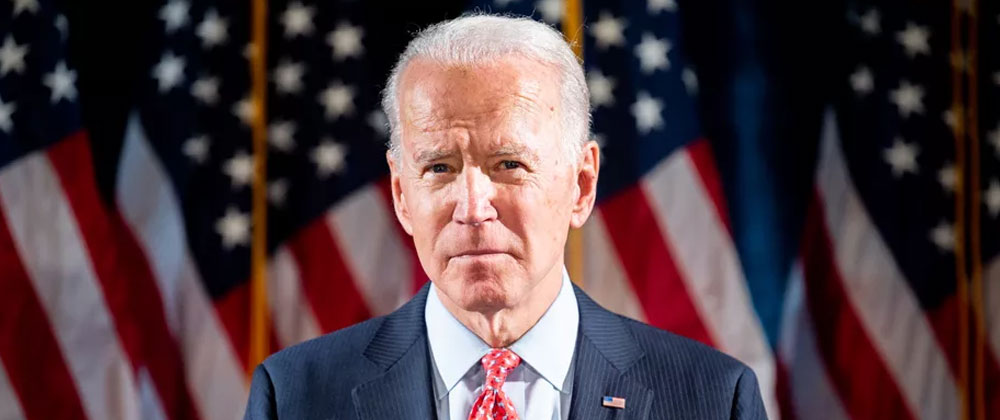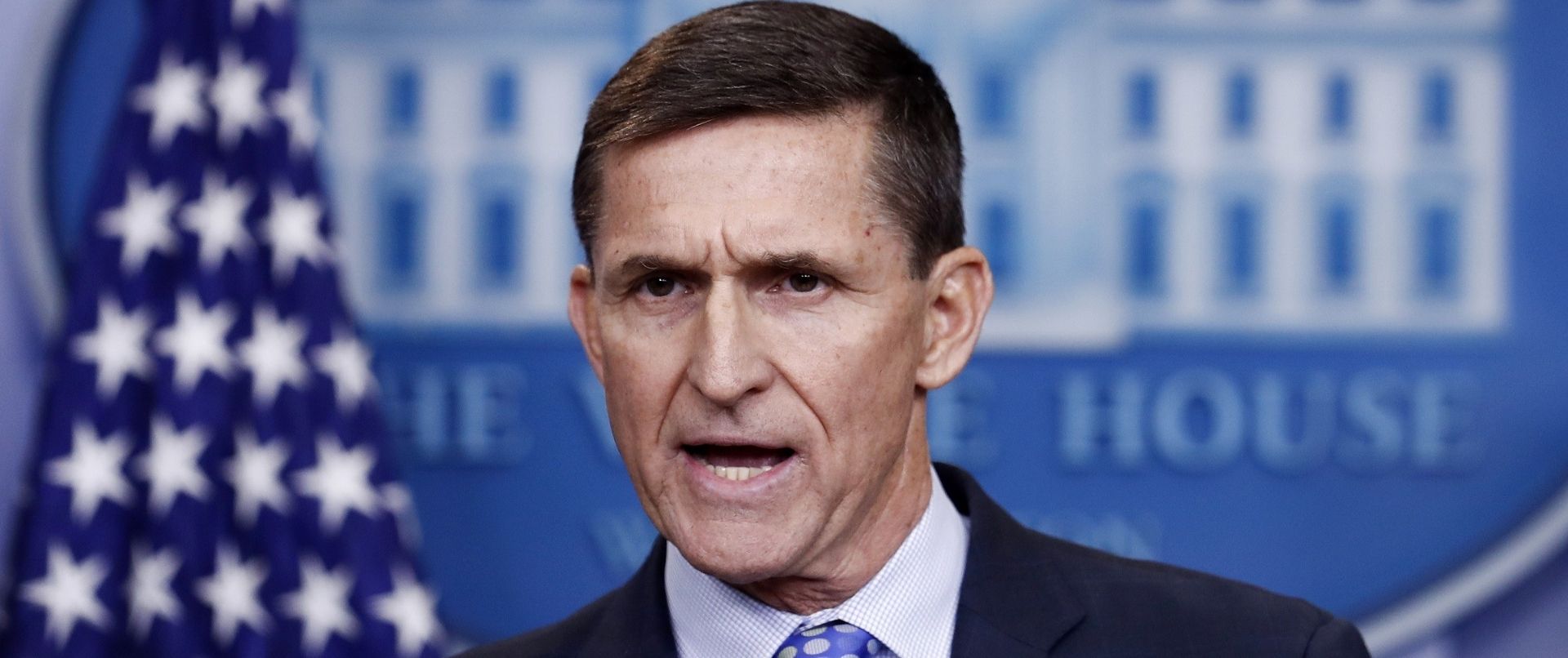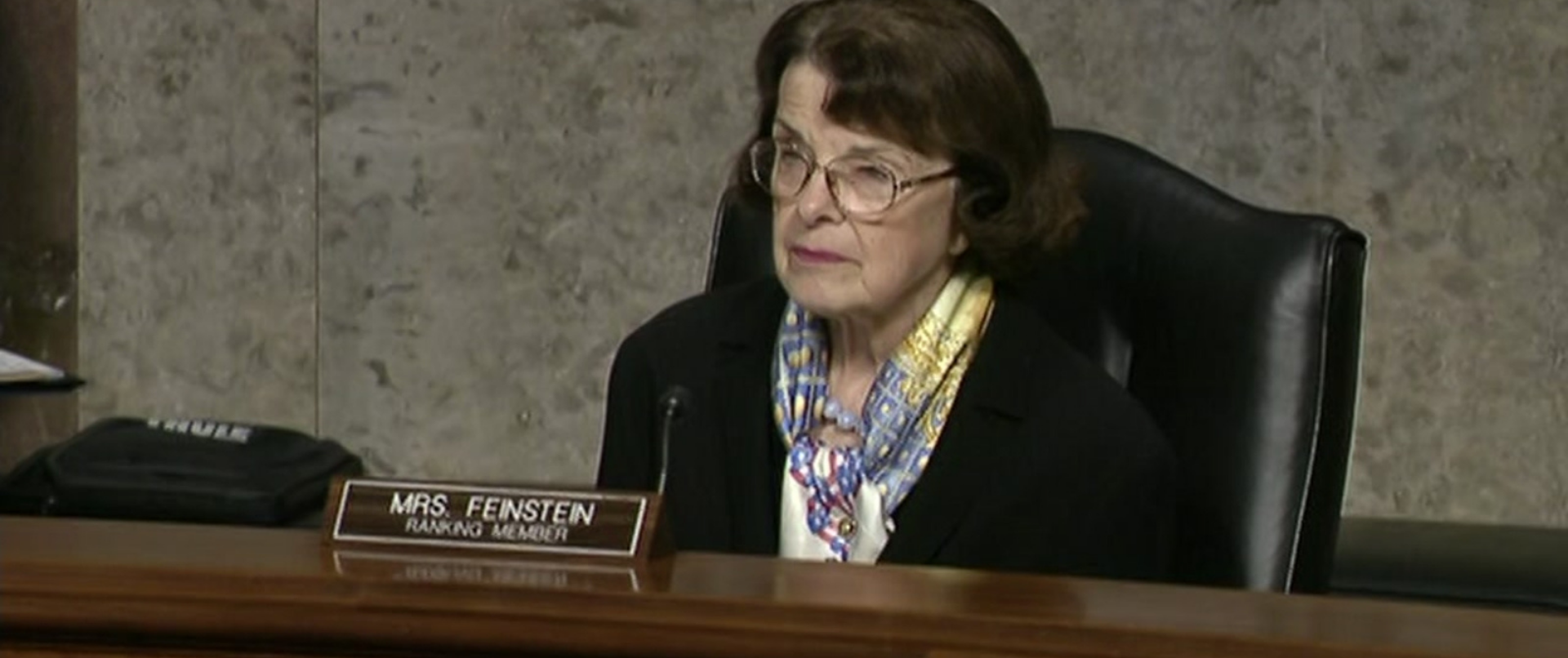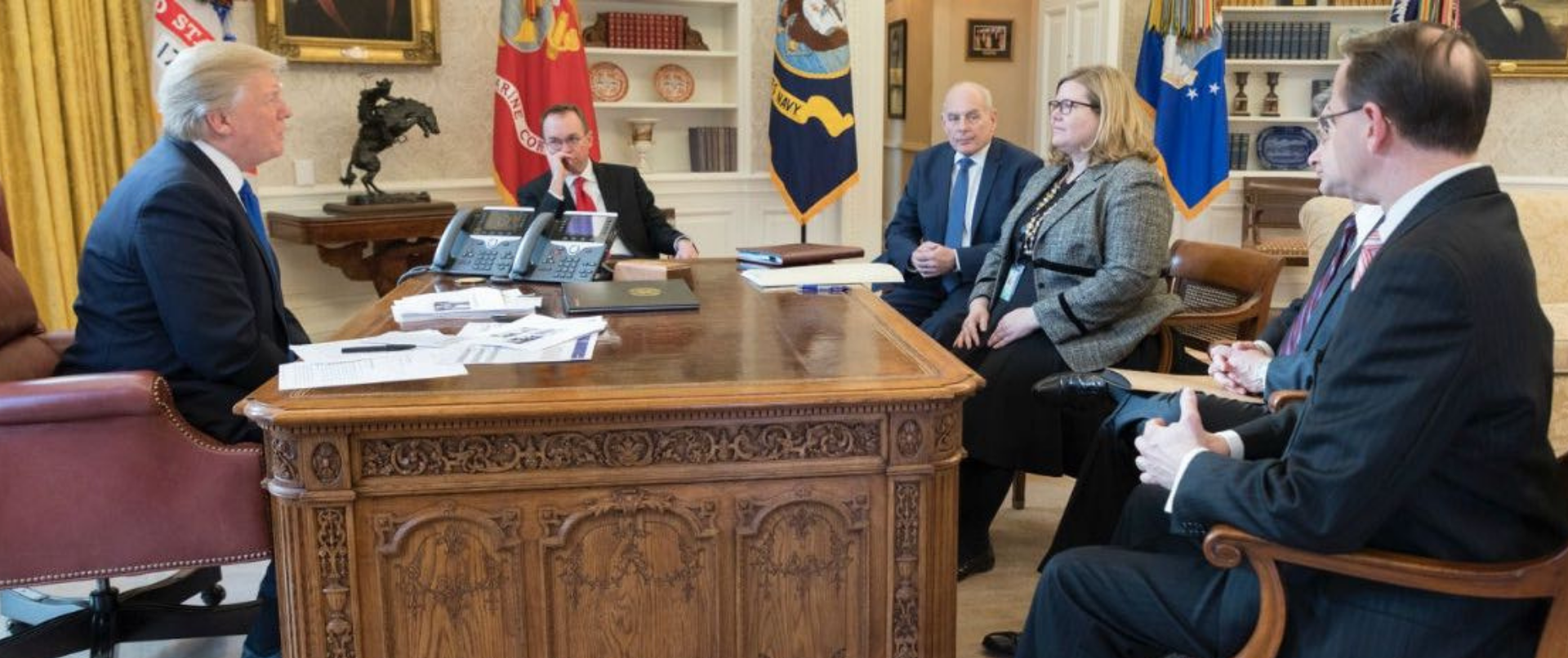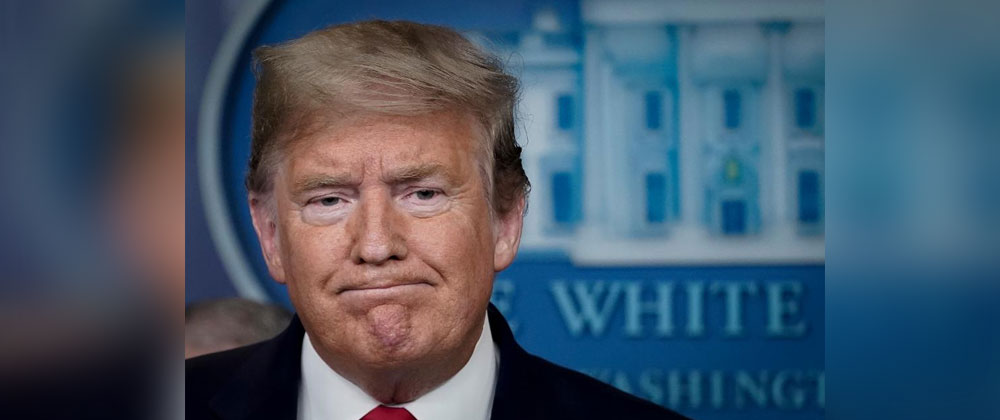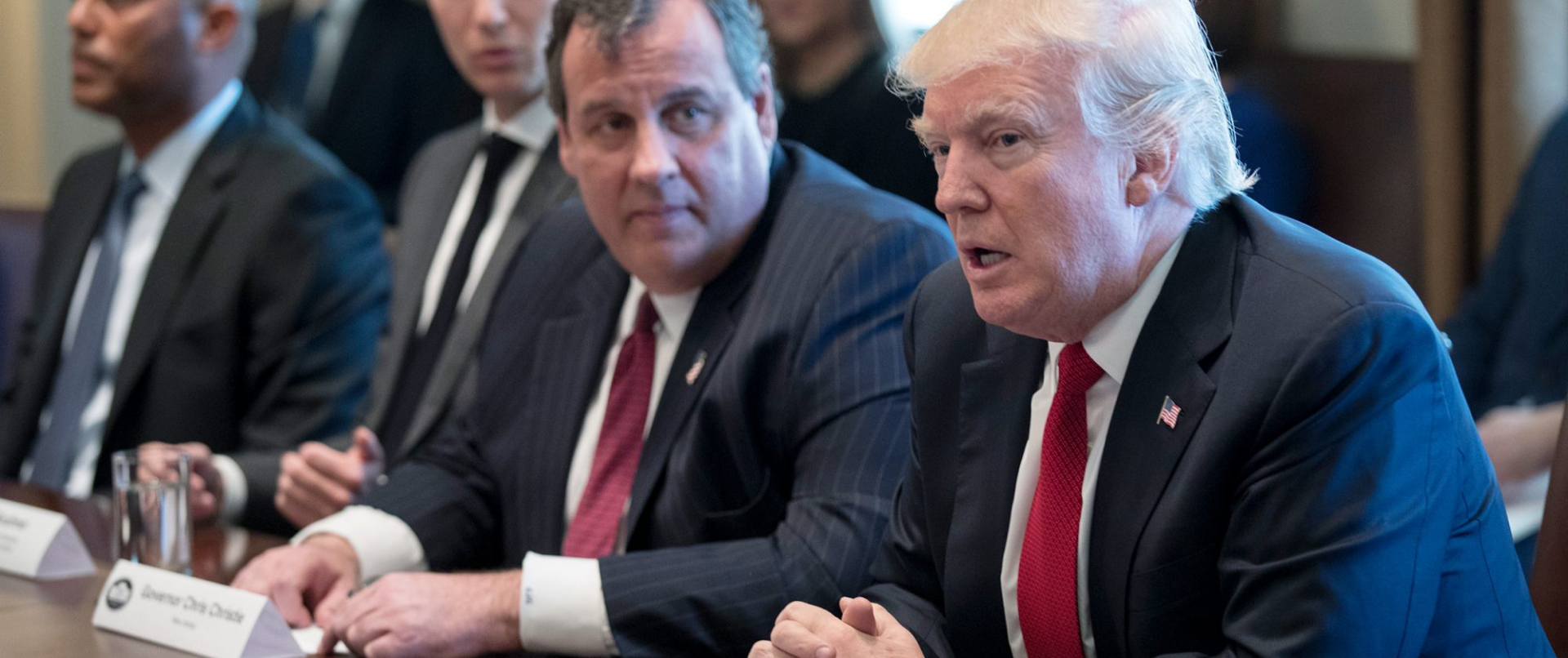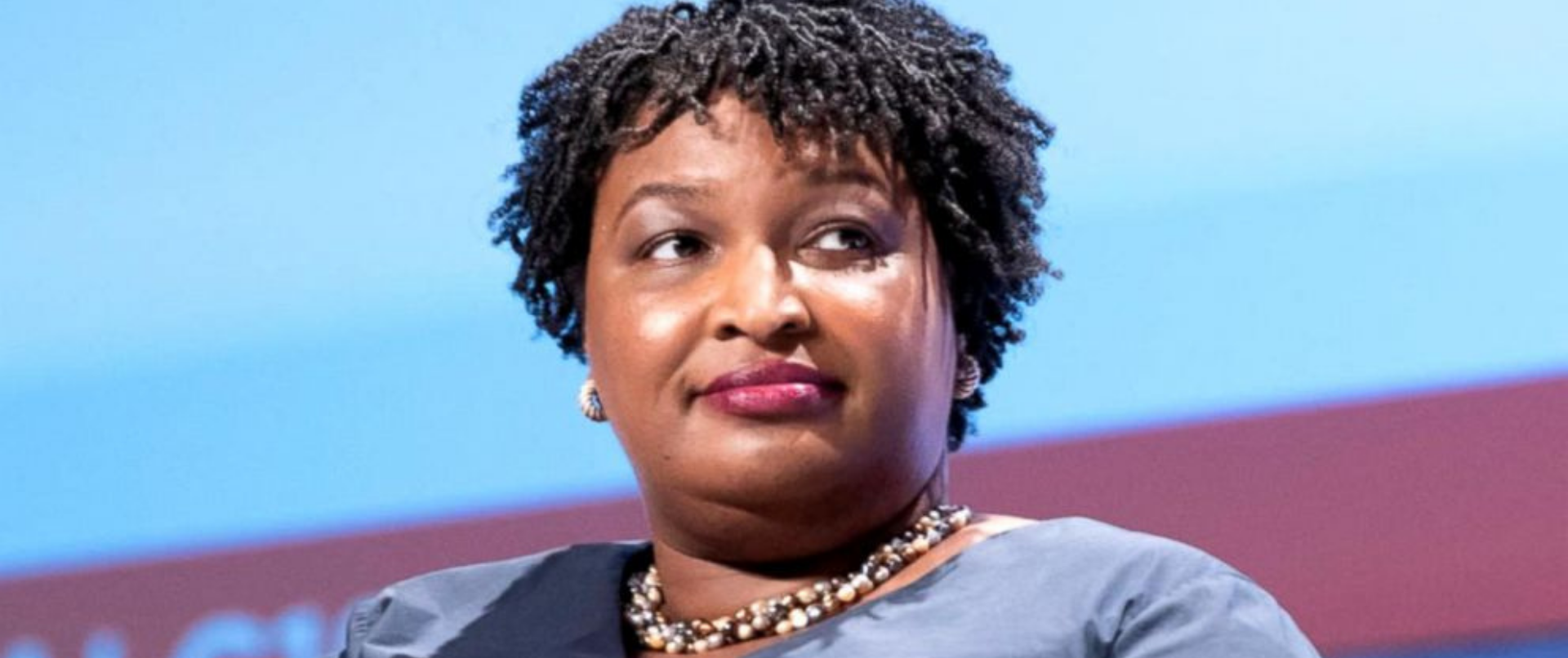Reopening American Schools: Teachers Are Worried About Catching Covid
Teachers are protesting against the Trump administration over its rigid approach to reopening schools in the fall, with unions arguing that concerns about the health and safety of educators and staff are being left out of the debate.
President Trump and his allies consistently argue that schools should reopen because closures have a negative impact on students and children have no symptoms, or mild symptoms, when infected with COVID-19.
But teachers say they are worried about catching COVID-19 at school or bringing it home to their families because it is still unclear what role children play in spreading the virus to others.
“[Trump] hasn’t mentioned one thing — not one thing — about the risks he’s putting on the good people that walk into that school building,” said Lily Eskelsen García, president of the National Education Association (NEA), a labor union that represents 3 million teachers, administrators and other education professionals.
Trump, Education Secretary Betsy DeVos and many of the administration’s top health officials spent the past week holding public events urging schools to open their doors this fall.
DeVos indicated that anything less than five days a week of in-person instruction would be unacceptable, and threatened to cut federal funding for schools that didn’t meet her expectations, a move that would likely be met with an onslaught of lawsuits.
School districts, teachers and principals called her demands unrealistic and unsafe, especially in areas of the country experiencing a surge in COVID-19 cases. They also pointed out that they need more funding — not less — to protect students and staff from infection at a time when state and local governments are facing budget shortfalls due to weeks and months of coronavirus shutdowns.
DeVos’s comments came weeks after schools were in the midst of making preparations for the upcoming academic year, throwing an unexpected wrench in their plans. While decisions about how and when schools reopen fall to governors, local school districts and boards, unions are worried those officials will feel pressured by the president.
“It’s got to be right for your community and where it is, and it has to be done right or people are going to die,” García said.
Trump could benefit from schools fully reopening in the fall ahead of an election where the economy will play a large role. The administration has pointed to the economic benefits of having kids back in the classroom since it would allow parents to return to their jobs if they can’t work remotely.
“Parents have to get back to the factory. They’ve got to get back to the job site. They have to get back to the office. And part of that is their kids, knowing their kids are taken care of,” Health and Human Services Secretary Alex Azar said this past week.
Azar also said classroom closures were detrimental to kids because of unintended consequences like child hunger and the inability of schools to report cases of child abuse.
The Centers for Disease Control and Prevention (CDC) has issued guidelines designed to help schools safely reopen by recommending steps like social distancing, face coverings for students and staff and frequent cleaning.
Trump panned the guidelines this past week, calling them “very tough” and “expensive” for schools. It’s not clear what parts of the guidelines he objected to.
Azar said schools should not use the CDC guidance as an excuse not to reopen.
However, most schools simply do not have the space to hold in-person classes five days a week and keep students six feet apart.
“What frustrates us is the CDC’s — Director [Robert] Redfield’s — failure to recognize how wide a gap there is between that ideal world and the reality of schools,” said Bob Farrace, director of communications for the National Association of Secondary School Principals.
“The challenge is when the CDC says, ‘But by the way, none of this should preclude schools from opening.’ Then it becomes a problem. They have to recognize the possibility that school leaders might simply have to limit how open they can make the school building if in fact what we want to do is follow the guidelines of the CDC.”
Many schools have been planning hybrid models that reduce the number of days students are in the classroom while offering online instruction.
DeVos this past week repeatedly criticized a similar model used by the Fairfax County school district in Virginia, in which half the student population attends school on Tuesdays and Thursdays and the other half attends on Wednesdays and Fridays.
“The health and safety of our staff, our students, and our community must come before politics,” Superintendent Scott Brabrand wrote in a letter to parents after DeVos’s comments.
“We would all prefer to have a normal in-person school year,” he added. “But we cannot have the same number of students in the same number of available buildings for the same amount of time and still maintain the social distancing that the CDC and other health experts say is essential to protect children and teachers from this global pandemic.”
Most public health experts agree that the risk of serious illness from COVID-19 is rare in kids, a data point frequently touted by the Trump administration as a reason to reopen schools.
But since children with COVID-19 are less likely to become seriously ill, if they show any symptoms at all, it is unclear what role they play in spreading it to others. That worries teachers and other school staff, many of whom are at risk for serious illness if they get infected because they are older or have underlying health conditions. According to the Kaiser Family Foundation, 24 percent of teachers are at risk of serious illness if infected with COVID-19 because of their health or age.
“The people most at risk in the schools aren’t the kids — they’re the staff, they’re teachers, and they’re the community,” said Tom Frieden, who led the CDC during the Obama administration.
But that fact has been ignored by the Trump administration and some governors, teachers argue.
“They don’t care about teachers and staff. Betsy DeVos has never cared about teachers,” said Randi Weingarten, president of the American Federation of Teachers, a group that has endorsed former Vice President Joe Biden in the 2020 race.
The federal government has limited ability to set policies for schools. About 90 percent of school budgets are funded by state and local governments. The remaining 10 percent is funding from the federal government to cover services for low-income students. Cutting that money from schools would likely be unconstitutional because it was already appropriated by Congress.
However, Weingarten said she was worried Trump would “strong-arm” schools into reopening. Indeed, Trump said this past week he would “put pressure on governors and everyone else to open the schools.”
“People are scared and what that will result in is far too many people deciding to retire or deciding to leave this year and that’s not going to be good for kids,” she said.
Still, some states are following the Trump administration’s lead. In Florida, which has one of the largest COVID-19 outbreaks in the country, the state education department told school districts schools would have to open at least five days a week for parents who wanted in-person instruction.
“Teachers are scared to death,” said Florida Education President Fedrick Ingram. “They’re making hard decisions, they’re making decisions on retirement. They’re making decisions on what schools to teach at. Whether I’m going to stay in this business or not. This is critical mass for us and the fact that we don’t have the virus under control at all in the state of Florida gives us pause for any level of trust, any level of respect for leadership that we are being put first.”




